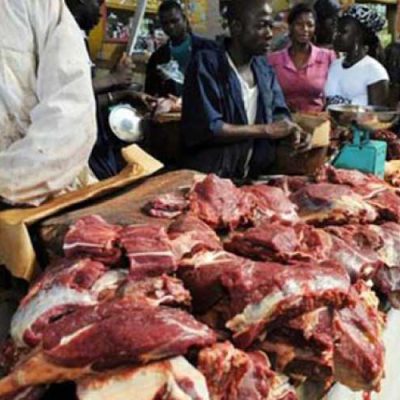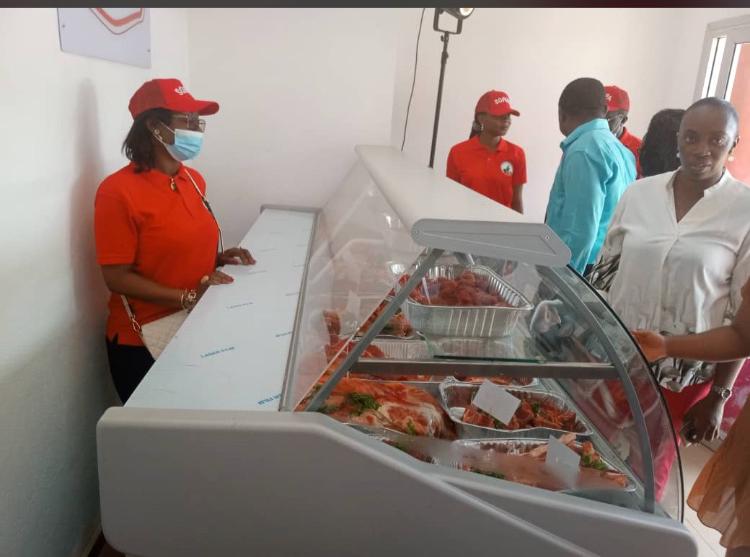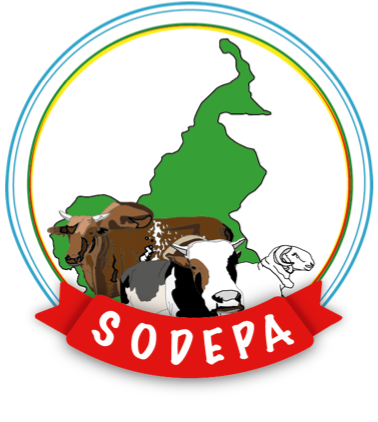DISTRIBUTION

From breeding to meat processing and distribution, SODEPA has outlined a protocol regulated by rules that respect our different charters.
The source of our meat is the backbone of our business: labelling and traceability are quality brand codes that are part of our business. The company has set up a distribution network that includes: the direct circuit, i.e. from the slaughterhouse to the butcher’s shop, and the long circuit, which includes the storage of carcasses in warehouses for shipment. The latter component is much more concerned with exports to other countries in the Central African Sub-Region. With the ever-increasing demand, efforts are being made to ensure distribution that respects deadlines and the cold chain. The size of the market currently allows for a fairly complete coverage of the territory. It makes it possible to develop certain packaging techniques for remote areas of the country, but also to test modern techniques for conquering new markets. There are two forms of meat distribution in Cameroon:
– traditional distribution (from the slaughterhouse to the butcher’s shop at the local market;
– modern distribution (from the slaughterhouse to the modern butcher’s shop, the meat is found on shelves).
Creating an efficient distribution channel in the meat sector will reach a clientele that has become increasingly demanding. This clientele is found in agglomerations and accounts for nearly 80% of the market share. SODEPA, aware of the stakes, is working to streamline the already complex meat distribution network in Cameroon. The goal is to provide the consumer with a traceable product and impeccable quality.

Traditional distribution
Cameroonians have long become accustomed to the small-scale butcher’s shop that covers about 99% of the meat distribution market. The product is sold on a shelf and the butcher is trained in the old-fashioned way of cutting. Quality and traceability are ignored and thus the consumer is exposed. It should be noted that the quantity of meat sold is increasingly greater, which has led SODEPA to set up a system of modern local butchers.
In small-scale butcher shops, the beauty aspect of the carcass is not taken into account, which cannot give rise to a new form of consumption such as calves, pigs and young cattle. Very few butchers know how to cut and so lose meat quarters during the cutting process.

Rural areas and small agglomerations
In these areas, the direct circuit predominates: the butcher is supplied directly from the breeder in the livestock markets. This form of distribution makes it possible to satisfy local demand. One unknown factor remains: quality, which is the weakness of this circuit.
Modern distribution
A few (mini)supermarkets in the country’s major cities offer a meat section, most of which come from Europe. In order to serve a quality product to the consumer, the government, in partnership with SODEPA and its partners, has set up a distribution and delivery system that incorporates modern butcher’s shops, which can motivate the customer to find a quality product in these shops at prices identical to those of traditional butcher’s shops. This form of distribution can create jobs in the supply of shelves and open up other prospects for the meat sector.
In addition, online sales have been tested for a few months with a clientele consisting of catering professionals and households.
